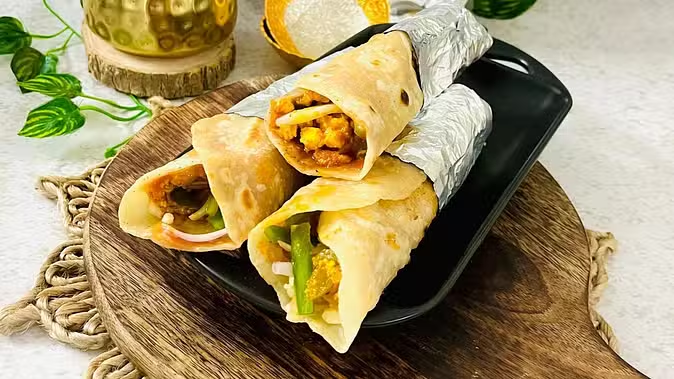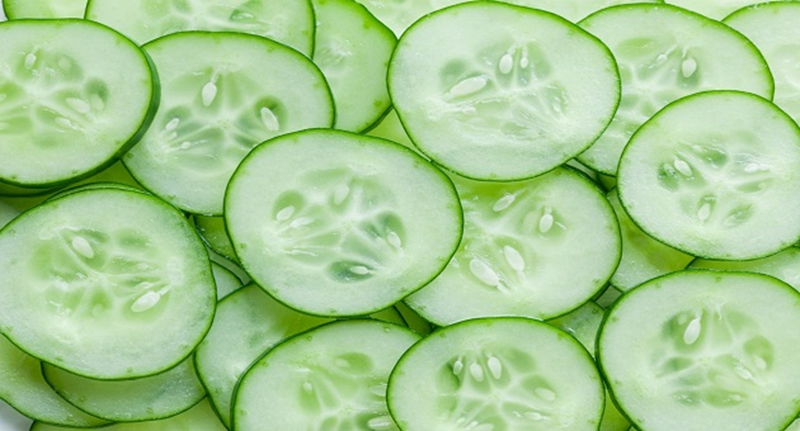Two brothers from Haryana, Naveen and Praveen Sindhu, have successfully cultivated Kashmiri saffron in their subtropical region, marking a major breakthrough in indoor saffron farming. Their journey began when Praveen, who was pursuing MTech in India, discovered the concept of indoor saffron farming in a newspaper.

Eager to try it out, he shared the idea with his brother Naveen, who was then working at a hotel in the UK. In 2016, after Praveen completed his studies, the brothers decided to start this unique venture together.
Praveen later went to Thailand for training in growing Cordyceps mushrooms, known for their medicinal properties. Meanwhile, Naveen stayed in Pampore, Jammu and Kashmir, to learn saffron cultivation techniques from local farmers. Pampore is a hub of saffron cultivation, producing nearly 90% of India’s saffron.
The time spent there helped them understand the process in-depth, and they visited the agriculture university to further enhance their knowledge. In 2018, they converted a vacant 15x15 feet room on their terrace into a mini-lab for indoor saffron cultivation using aeroponics, a technique in which plants grow in a misty environment without soil or water.
They invested around Rs 6 lakh in the setup, equipping it with grow lights, a humidifier, a chiller for temperature control, and wooden trays to hold the saffron bulbs. However, their first attempt was not easy. The brothers initially ordered 100 kg of saffron bulbs online from Kashmir, but the shipment was damaged. Learning from this setback, they ordered the bulbs in person from Pampore the next year.
In 2019, they bought 100 kg of bulbs, which yielded positive results, and they shared the saffron with family and friends. Encouraged, they ordered 700 kg of bulbs the next season, avoiding middlemen and getting a lower rate. That crop produced 500 grams of saffron, which they sold for Rs 2.5 lakh. In 2023, their small lab yielded 2 kg of saffron, earning them Rs 10 lakh.
The brothers explained their cultivation process. Saffron bulbs are planted in the lab in mid-August, the flowers start blooming in mid-November and they separate the saffron fibers from the flowers by hand. After harvesting, the remaining flower petals are sold to cosmetic companies, generating additional income. After harvesting, the bulbs are put back into the soil so they can grow, allowing them to be used in the future without having to buy the bulbs again.
Under their brand Amartva, the Sindhu brothers now sell and export saffron in the US, UK and the domestic market. They are also planning to grow Cordyceps or button mushrooms in the lab during the off-season to maximize annual revenue.










